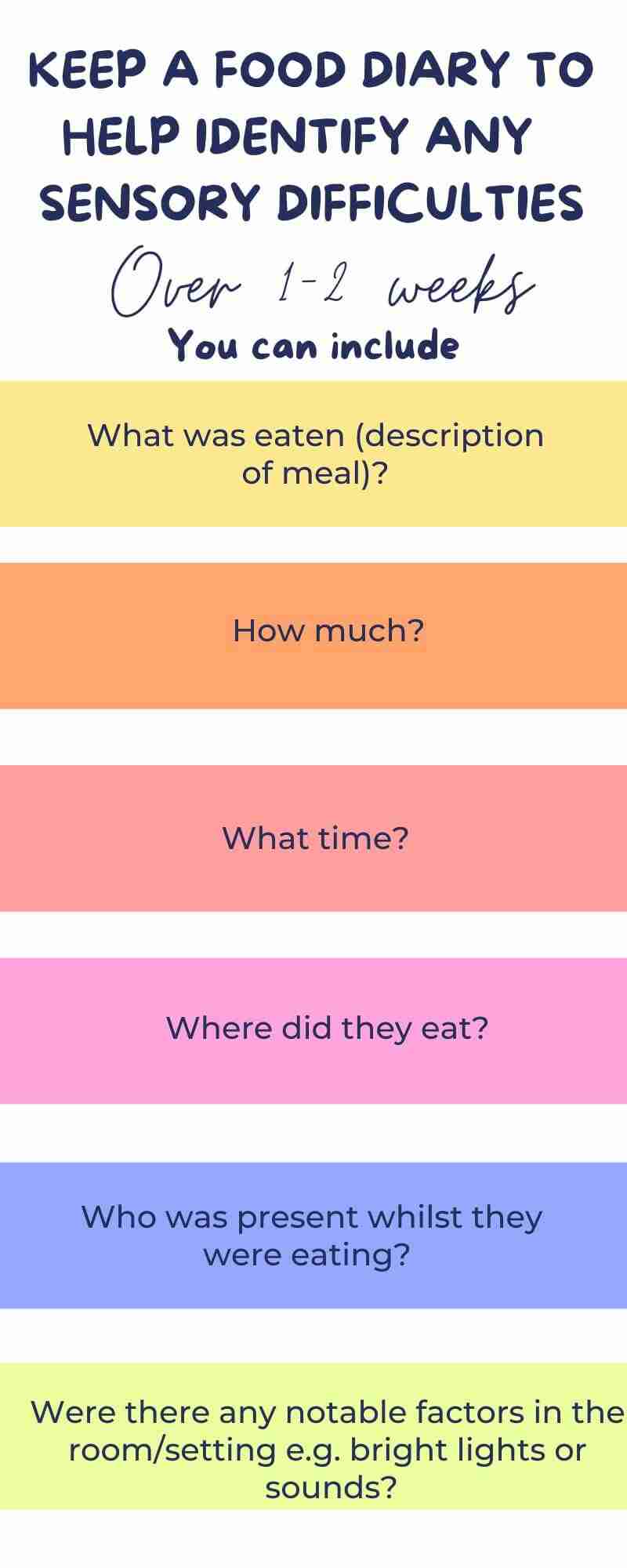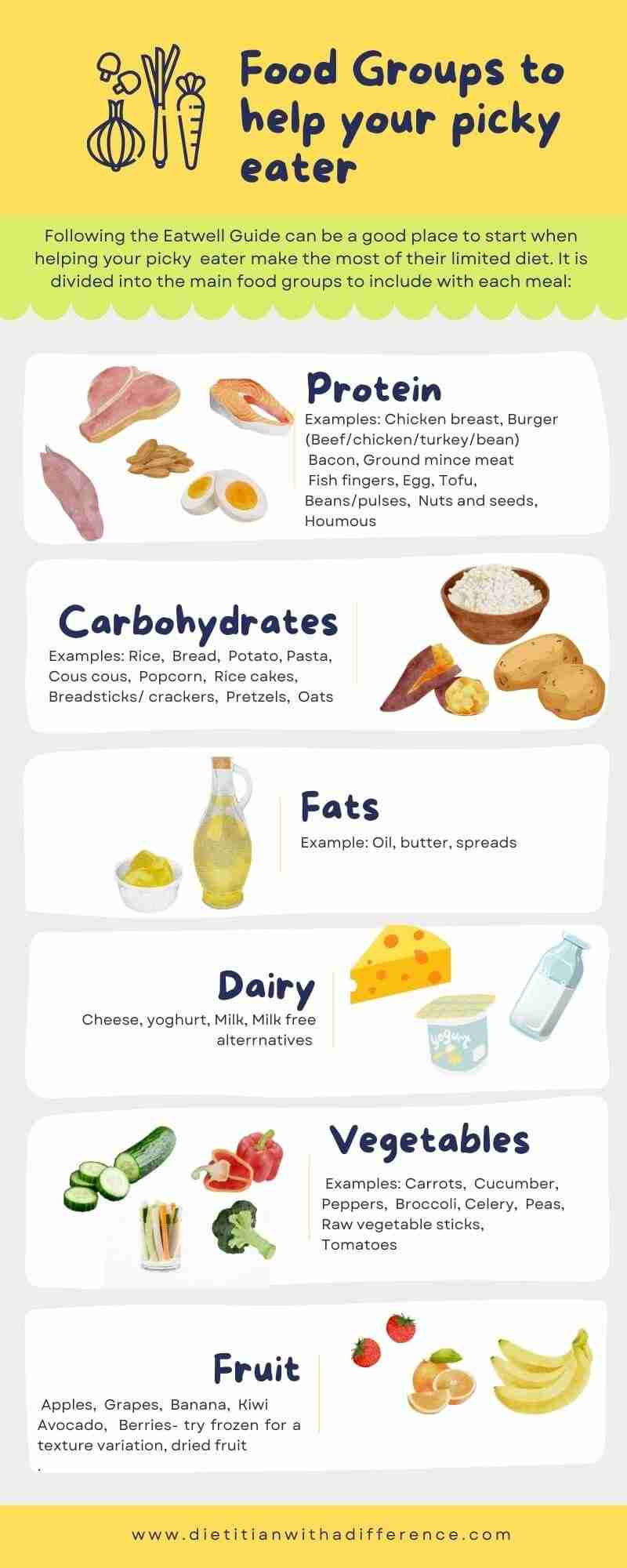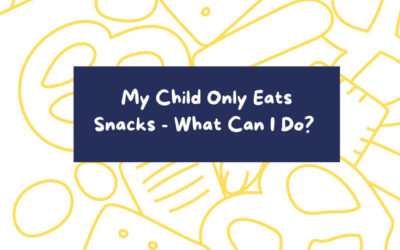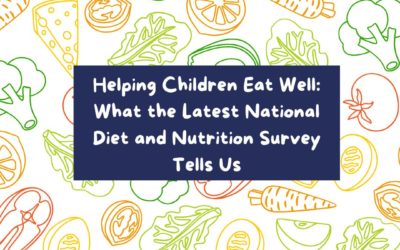Picky eating and Autism
Picky eating and other eating challenges are very common in early childhood, with a 25-35% prevalence in neurotypical children. However, for children on autism spectrum disorder, eating challenges are even more common, with some research suggesting around 70% of autistic children are selective eaters (picky eaters) (1) .
Reduced intakes of fruits, vegetables, and dairy have been recorded in autistic children with eating difficulties such as picky eating. This may explain why calcium, iron, fibre, protein, and several other vitamins and minerals, found in high amount in these food groups, are more likely to be deficient (1).
“Food selectivity” is not an official diagnosis, but a term used to describe a collection of eating behaviours that we commonly refer to as ‘picky’ eating including food refusal, limited acceptance of new foods, and high intake of single foods (2). Furthermore, sensitivities to certain textures, tastes, and food presentations and lack of flexibility around eating times are also commonly experienced (3). This blog contains 7 top tips to help your autistic child with picky eating.
Seeking help
If you are concerned about your child’s eating habits, the first step would be to speak with a professional and to address any potential medical concerns affecting your
child’s eating. Also it can be more difficult for an autistic child to verbalise their pain and so gastro-intestinal dysfunction, including constipation, abdominal pain, diarrhoea, and gastro-oesophageal reflux, can go unaddressed (3,4)
7 top tips to help your picky eater
1. Keep a food diary
It is worth keeping a record of your child’s food over a 1–2 week window to look for patterns in your child’s eating and help determine if there are any specific sensory difficulties. You may find they are less food aversive under certain conditions.
You can include:
· What was eaten (description of meal)?
· How much?
· What time?
· Where did they eat?
· Who was present whilst they were eating?
· Were there any notable factors in the room/setting e.g. bright lights or sounds?

2. Always approach new foods gradually
Trying new foods can be very anxiety-inducing and like any fear, facing it in tolerable steps is less overwhelming.
Firstly, try the following steps:
1. Encouraging your child to help with the preparation can help familiarize them with certain foods without the pressure of having to eat it and
helps them to feel some control around mealtimes
2. Then allow your child to become familiar with food and have them look, touch, smell, lick before putting into their mouth to chew and swallow.
3. They may only feel comfortable touching a food with their hands at the table, that is ok and there should be no pressure to do anymore.
4. Foods may need to be reintroduced numerous times and it may take months before they are able to tolerate eating a new food especially with sensory issues
3. Keep communication clear and calm at mealtimes.
Above all it is important to keep communication with your child relaxed and positive and give verbal praise for their positive behaviour (but not to focus on the food they eat) at every mealtime.
4. Consider your child’s sensory needs with food
You may have a good idea or find the food diary helpful in seeing patterns in your child’s diet. Then if you notice they like a particular texture, then try introducing
new foods with similar textures first which may be less overwhelming.
5. Consider the sensory aspects of the environment
A noisy environment or uncomfortable chair can add additional stress around mealtimes. Consider ways to make the environment calming and regulating
for them whilst eating such as a comfortable pillow to sit on or their favourite music.
6. Use social stories to communicate with your child about food.
These are some examples, but it is best to make them individualized for your child:
Eating foods from all the food groups helps give us lots of energy to do the things we enjoy. It is good to eat different foods to help give us energy to learn and play When we don’t eat from all the food groups, it can make us tired and hungry.
7. Try a visual food chart or food book
Providing visual cues can help communicate positive messages about food. Try printing pictures of the foods they enjoy and foods they are yet to try. Every time they try a new food, they can add it to a food chart or in their own food book/journal and both of you can see the progress (5,6)
Building a balanced meal from your child’s ‘safe’ foods
A good place to start to build a balanced meal and still offer safe foods (foods you know your child will eat). Start by looking at the Eatwell Guide to make the most of your picky eaters limited diet. It is divided into the main food groups to
include with each meal:
· Carbohydrates
· Fruits and vegetables
· Protein
· Dairy
· Oil and spreads
The lists below include foods divided by food group (protein, carbohydrates, and vegetables/fruit) with varying textures, colours and flavours and can be a helpful tool to build a balanced meal tailored to your child’s preferences. You can try selecting a safe’ food (a food you know your child accepts) from each group to form a meal and add more safe foods to the list as you go. This is particularly useful if your child eats singular foods rather than a mixture incorporated into a meal.
TIP: You can try gradually altering the cooking method to expose your child to different texture variations such as a soft-boiled egg instead of a hardboiled egg or cooking vegetables or pasta for a longer or shorter period depending on your child’s tolerance.

Following the Eatwell Guide can be a good place to start when helping your picky eater make the most of their limited diet. It is divided into the main food groups to include with each meal:
Protein
Chicken breast
Burger (Beef/chicken/turkey/bean)
Bacon (can be made extra crispy)
Ground mince meat
Fish fingers
Yoghurt/ Frozen yoghurt
Egg (hardboiled/poached/scrambled)
Cheese (cheddar, cottage cheese, mozzarella)
Tofu
Beans/pulses (Chickpeas, black beans, kidney beans, butter beans,
edamame) – try roasting cooked beans in the oven if your child prefers
crunchier textures
Baked beans
Nuts and seeds
Milk / flavoured milk
Houmous
Carbohydrates
Rice
Bread
Potato (white or sweet potato)
Pasta
Cous cous
Popcorn
Rice cakes
Breadsticks / crackers
Pretzels
Oats
Vegetables and/ or fruit
Apples
Grapes
Banana
Kiwi
Avocado
Berries- try frozen for a texture variation
Carrots
Cucumber
Peppers (red/yellow/orange/green)
Broccoli
Dried fruit (cranberries, raisins, sultanas, banana chips)
Celery
Peas
Raw vegetable sticks
Tomatoes
Recipe Ideas to help your picky eater
The recipe links below can be a good place to begin adapting to expand your child’s diet and experiment with different textures and flavours, particularly if their diet is high in processed foods. These recipes, and any recipes you make at home, can be adapted to suit your child’s needs.
This recipe can be adapted by using different breadcrumbs, varying the shape of the chicken pieces or swapping chicken for tofu
As many children enjoy fish fingers, this can be a good recipe to cook with your child. Then you can try using different varieties of fish such as salmon also
Overnight oats are a great option as you can add different fruit and nut toppings depending on what your child likes. Basically, this recipe is a strawberry and white chocolate oat recipe but can be adapted such as adding a fruit puree instead of whole fruit pieces
In summary, selective eating, mealtime behaviors and feeding problems are not going to be solved overnight. Remember this is marathon not a sprint. There will be good days and bad days. But you are doing amazing and what your kid eats doesn’t define their personality.
If you are struggling and would like more support I offer one to one consultations and I have a fussy eating package. If you like more tips to help your picky eating check out my blog post on food chaining
Thank you to Hannah Eiseman Student Dietitian for helping with researching and writing the blog.





0 Comments